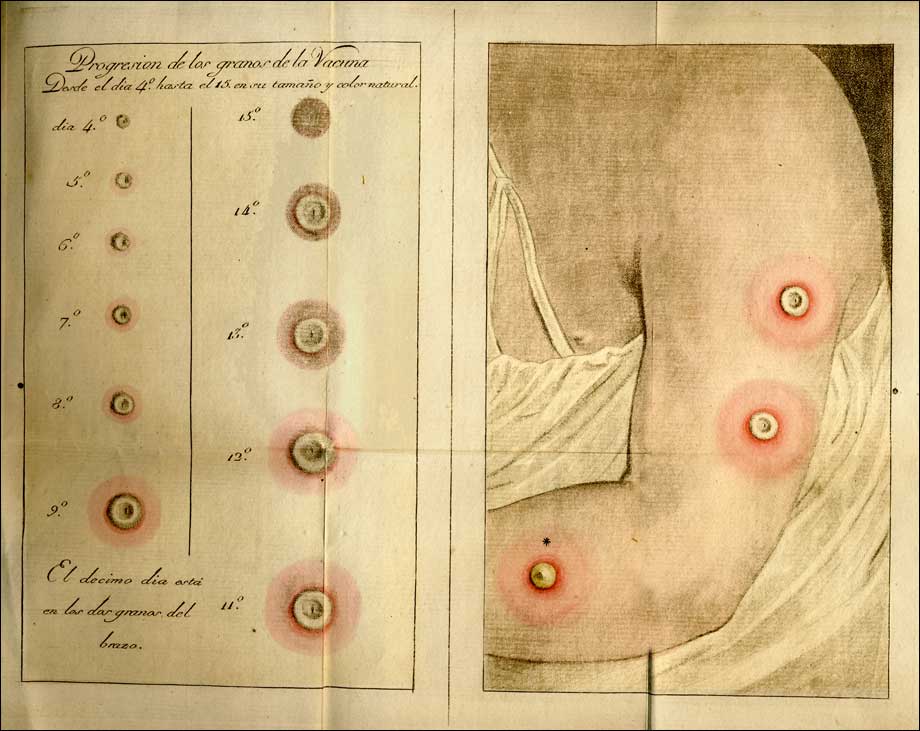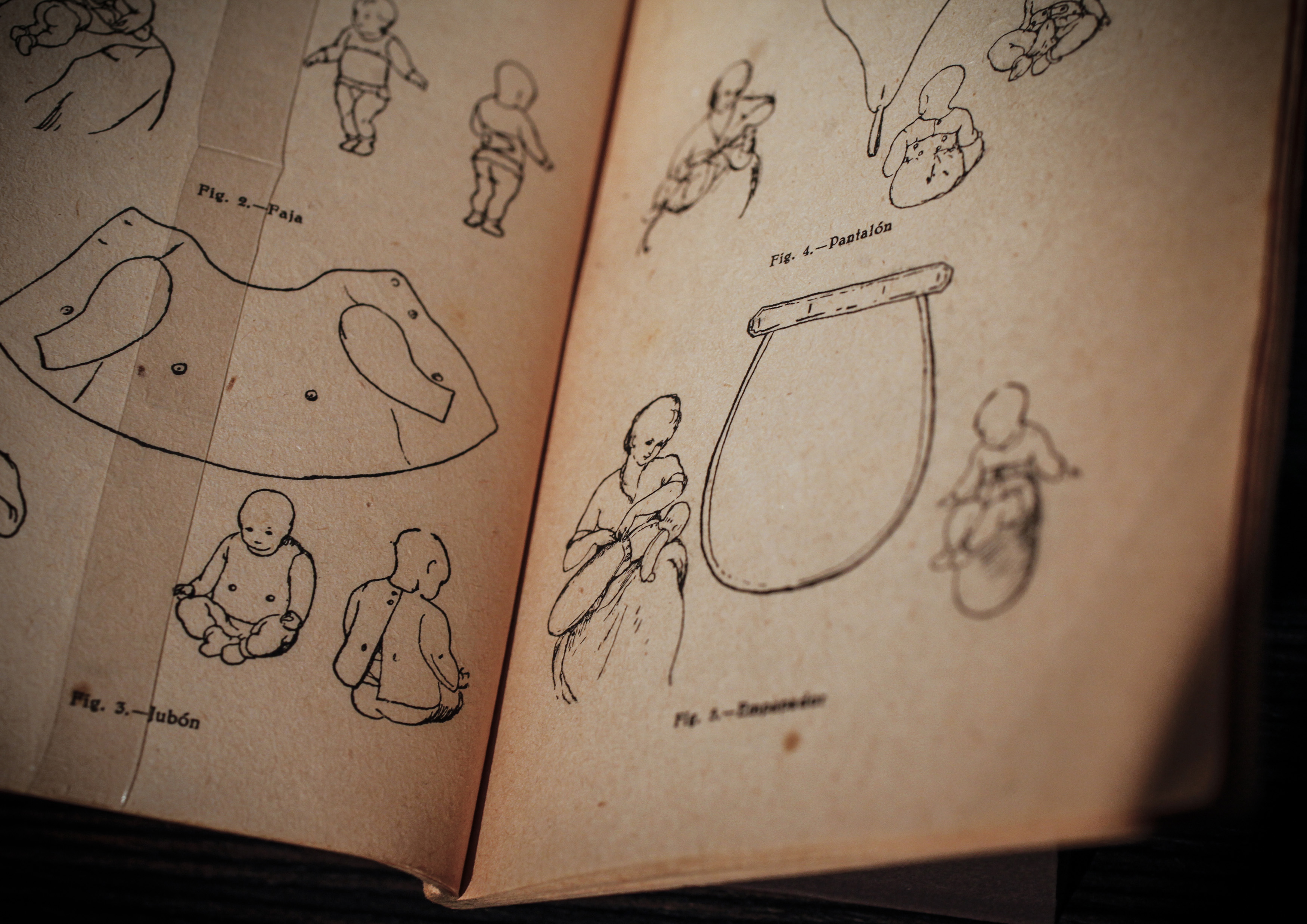As diseases mobilize the resources of a society?
Apart from epidemics of cholera or, in more or less sporadic occurrence, the presence of endemic diseases among the population of Valencia (such as leprosy, smallpox or malaria) mobilized countless human and material resources. Given the limitations of medical treatments available and the serious economic and demographic consequences dragged, the health authorities encrypt their hopes on preventive measures proposed by hygienists.
The cultivation of rice and malaria
The spread of malaria was closely related to the cultivation of rice in stagnant water. However, the benefits of this cereal production offset the losses of this crop health associated with high levels of mortality. As said the saying “Si vols viure poc i fer-te ric, ves-te’n a Alberic; si en vols més, a Massalavés”. It means "If you want to live and make you very rich, Alberic to go away; if you want more in Massalavés "
Prophylaxis of human smallpox vaccine inoculation
The vaccine against smallpox was spread by the Royal Philanthropic Vaccine Expedition, led by Dr. Francisco Javier Balmis Alicante (1753-1819). Financed by the Spanish crown, his aim was to avoid killing the virus that caused thousands of children. During the nineteenth century, the smallpox vaccine was made available to all social classes, taking a log and track all vaccinated individual.
Leprosy, a disease endemic in Valencia
Leprosy was for centuries a common disease. Its eradication was possible thanks to the creation of sanatoriums or lazarettos that welcomed thousands of patients, often despised and isolated, badly affected by the so-called San Lazaro.
Mapping health and demographic statistics
Mapping health and demographic statistics allowed to express graphically and quantitative social and geographical distribution of the states of health and disease.
Hygiene and laboratory medicine
The guidance bacteriological laboratory medicine aimed to establish causal relationships between microbes and pathogens or diseases typical ways of getting sick. At the time, allowed to identify the links in the chain on which epidemiological hygiene could act more effectively.
The high infant mortality rate, which reached alarming proportions in the nineteenth century was due in part to poor care and poor living conditions in nursing. Combating mortality during the first year of life the child was decisive for the "health transition" that took place in Europe between about 1850 and 1950 that altered the demographic structure of the population.












